The world of wine will turn its attention to Mendoza in April, not because of its bottled goods for a change, but because Argentina’s principal wine-producing province is hosting the prestigious Concours du Meilleur Sommelier du Monde (A.S.I. Contest of the Best Sommelier of the World) for the first time.
Around 60 sommeliers, each who has already succeeded in national and regional competitions to reach this crucial point, will head to Mendoza for the Argentine Sommelier Association–organised event. And Argentina proudly has two top noses – Paz Levinson and Martín Bruno – in the final, which comes around every three years. Over the next few weeks, various Argentine sommeliers talk to The Real Argentina about their industry and this competition.
In part one, we meet some young somms who are coming through the ranks: Andrea Donadio from Oporto Almacén; Gabriella Gera from Don Julio; Marco Scolnik from Chila; María Laura Nuñez from Aldo’s Vinoteca & Restorán and Juliana Carrique from Aramburu.
What does being a sommelier mean to you?
Andrea Donadio: It’s about knowing how to interpret what a client wishes to drink. Beyond knowing heaps of denominations from around the world, the magical aspect is being able to help a diner and ensure they enjoy something as simple or as complex as a bottle of wine.
Gabriella Gera: It’s an enjoyable path where your studies about a subject that never fails to surprise you are never complete. Communicating knowledge and awareness about what to drink, when to drink it and why can heighten one’s experience.
Marco Scolnik: It’s responsibility and sensitivity with regards to interpreting what our clients need while also sharing information about the wine’s creator and its origin.
Juliana Carrique: Being a sommelier is about communication: we are the link between the winery and the customer. That might be at a restaurant or at a wine store choosing wine. Or through a label or a magazine article, finding a way to express the winery or winemaker’s philosophy and helping the customer, by giving them more information, to make their next bottle or glass a great experience.
María Laura Nuñez: It’s much more than being a communicator, it’s providing a pleasant moment, an experience, that will then generate a memory; the wine and its history is the nexus.
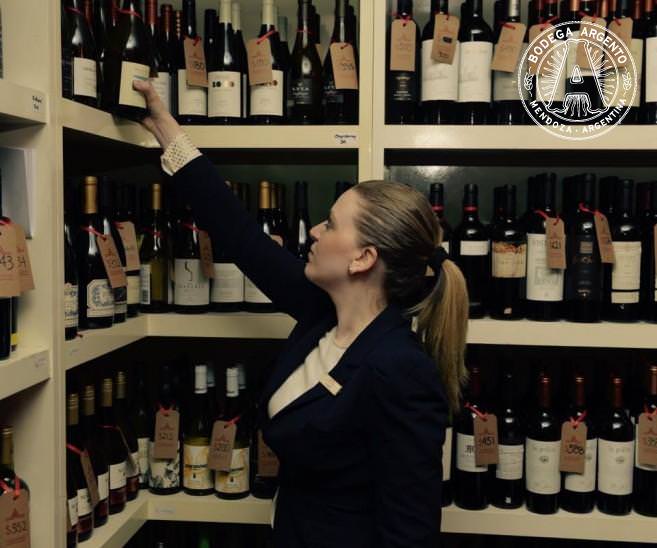
What was the last pairing you made?
Andrea: One pairing that never lets me down at Oporto Almacén is the rib-eye with Dauphinoise potatoes teamed with a glass of Achaval Ferrer Malbec Mendoza 2014!
Gabriella: An exceptional chef asked me to recommend a red with his skirt steak, which was all very well, but his sides were Provence-style potatoes and an arugula salad with garlic: a nightmare for red wine. I served him Finca Las Moras Gran Syrah 2013, and he liked it. It’s a delicious wine and its versatile character always stands by me in difficult situations.
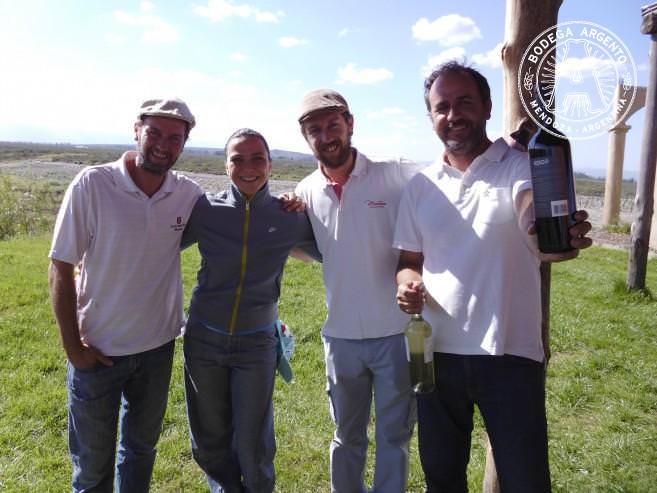
Marco: Last night, I paired a new dish at Chila that includes sweetbreads and plantain. We found a Viognier that was a perfect pairing.
Juliana: Gonzalo Aramburu’s seasonal salad, with fresh organic tomatoes, fennel and carob streusel, baked tomato foam and gazpacho with strawberry juice. I paired it with Aniello Soil Pinot Noir Blanco 2015 from Río Negro.
María Laura: Eggo Blanc de Cal 2014 by Juan Pablo Michelini with a Provolone soufflé and pear compote by Maxi Matsumoto.
What did you drink last night?
Andrea: Not long ago, I enjoyed a bottle of Clos La Néore 2013 by Anne Vatan-Foucault, an iconic wine from France’s Loire Valley. It was a very special wine as I tried it with some great Argentine sommeliers. One of them was Sergio Calderón: he was my boss when I undertook work experience at BRAS, where he’s been head sommelier and floor director for more than 25 years. Unforgettable!
Gabriella: Soda with a dash of lemon juice. My boyfriend’s on a diet, so that means we are on a diet…
Marco: A Negroni, though the last wine I drank was Luigi Bosca’s Riesling.
Juliana: Sophenia Viognier Reserve 2014 from Tupungato, Mendoza.
María Laura: Tinto Negro Finca La Escuela by Alejandro ‘Colo’ Sejanovich.
What’s your favourite wine region in Argentina?
Andrea: Mendoza. It’s diverse, complete, varied, you can find everything there. Every time I visit, it surprises me! That’s why it’s my favourite.
Gabriella: My obsessions are always changing, like anything. Right now, it’s Río Negro in Patagonia. I like the region’s style of wines and their freshness.
Marco: There are some small areas in the north that are producing some very interesting things, but Gualtallary in Uco Valley always surprises me.
Juliana: Gualtallary, even though it’s still a young region, yet to be discovered. I find I’m amazed by how this great terroir can offer us such diversity from very expressive and young Sauvignon Blanc to Chardonnay with great capacity for aging or complex as well as fresh and balanced Malbecs and Cabernet Francs.
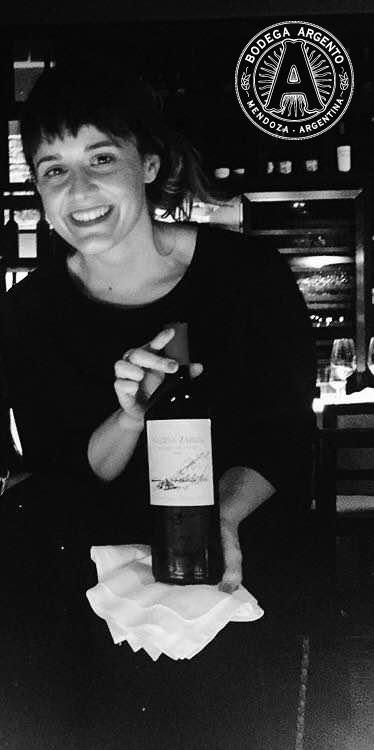
María Laura: Mendoza and within that, Gualtallary because of its soils, diversity and freshness of wines produced there; that’s what makes them unique and different to other zone in the valley.
What’s your favourite wine region in the rest of the world?
Andrea: For the time being, southwest France. I lived there for a few months and it’s incredibly interesting with respect to its wines and products. Maybe it’s a place people don’t talk much about, but it was very constructive for my career to sample wine from Gaillac, Marcillac, Monbazillac, Bergerac and Jurançon.
Gabriella: The southern shore of the Lake Balaton, the Balatonbolglár region in Hungary where my parents live. Fantastic white wines.
Marco: It’s a hard question as I’ve always loved wine from Alsace, but what’s really capturing me at the moment is wine from Sicily’s Etna Valley. They have a unique character and the blends made from native grapes and Syrah are the most interesting.
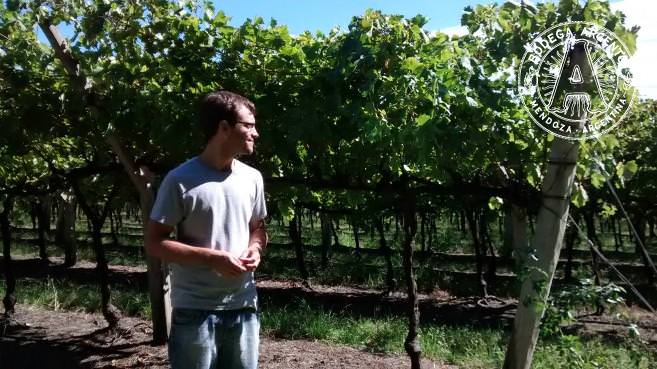
Juliana: A few years ago, I visited Reims and Epernay in Champagne and I fell in love. I admire everything that’s behind bubbles. Such a unique product that can be drunk with almost any type of food. That represents celebration, elegance and history. It’s a place, where you can find great families’ stories, traditions, and what it’s even more important and admirable, the respect towards their terroir, knowing that three grapes, planted in a few square miles, conquer the world
María Laura: Trento, in northern Italy. My maternal grandparents were born there, and they had a Criolla vine where I’d play and eat as many grapes as I could.
Which Argento wine do you like best?
Andrea: Only a few Pinot Gris are made in Argentina and my favourite is by Argento.
Gabriella: A good memory. Argento’s Reserva Malbec was a wine sold in the shop close to my home in Budapest.
Marco: Argento Reserva Cabernet Sauvignon.
Juliana: Argento Reserva Chardonnay.
María Laura: I love their Pinot Grigio.
Follow the event on social media #BestWorldSommARG2016


Latest posts by Sorrel Moseley-Williams (see all)
- AND THE BEST SOMMELIER IN ARGENTINA IS… - December 12, 2017
- CUATRO ESQUINAS: FOUR CLASSIC CORNER RESTAURANTS IN BUENOS AIRES - March 28, 2017
- Romance in Argentina: Dating Tips and Advice - February 10, 2017

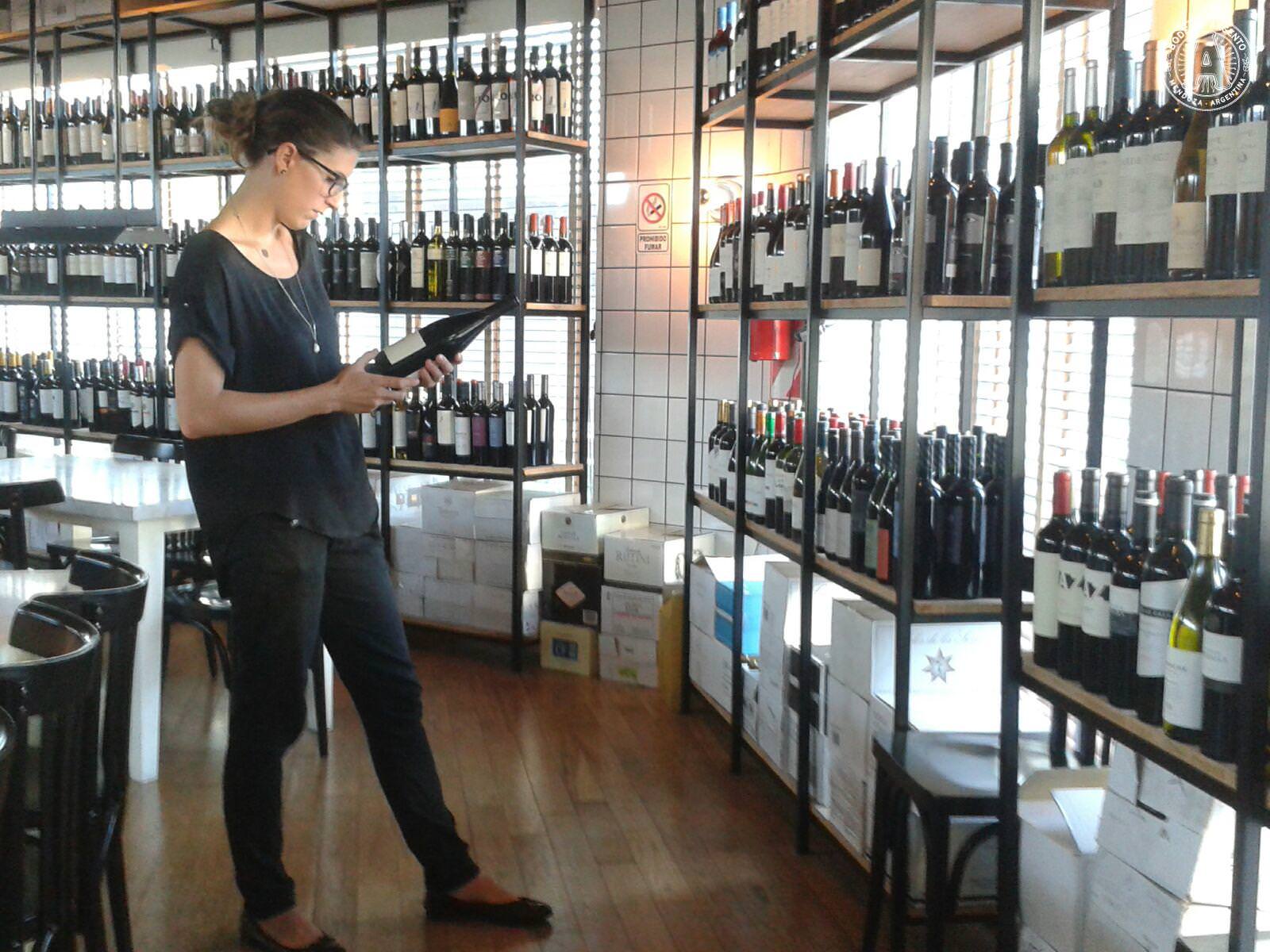
 Top Argentine sommeliers share their professional love
Top Argentine sommeliers share their professional love  ARGENTINA’S GREAT SOMM HOPE #2: PAZ LEVINSON
ARGENTINA’S GREAT SOMM HOPE #2: PAZ LEVINSON  ARGENTINA’S GREAT SOMM HOPE #1: MARTÍN BRUNO
ARGENTINA’S GREAT SOMM HOPE #1: MARTÍN BRUNO  Vendimia and the Rise of Barrio Boedo
Vendimia and the Rise of Barrio Boedo 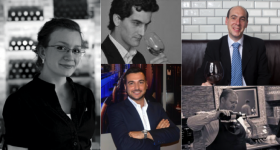 ‘Take 5’ Global Sommeliers: Argentine Food & Wine Pairings
‘Take 5’ Global Sommeliers: Argentine Food & Wine Pairings 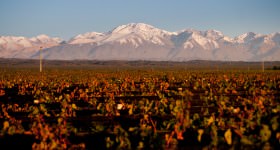 AN ARGENTINE FIRST: BACKSTAGE AT THE CONTEST OF THE BEST SOMMELIER OF THE WORLD
AN ARGENTINE FIRST: BACKSTAGE AT THE CONTEST OF THE BEST SOMMELIER OF THE WORLD 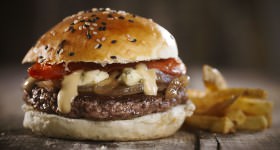 BURGERS AND WINE: THE 2016 PAIRING
BURGERS AND WINE: THE 2016 PAIRING  INSIDE THE SOMMELIER OLYMPICS
INSIDE THE SOMMELIER OLYMPICS 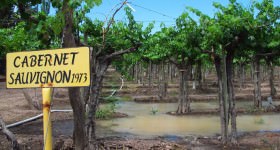 Cabernet Sauvignon – Argentina’s Next Big Red
Cabernet Sauvignon – Argentina’s Next Big Red